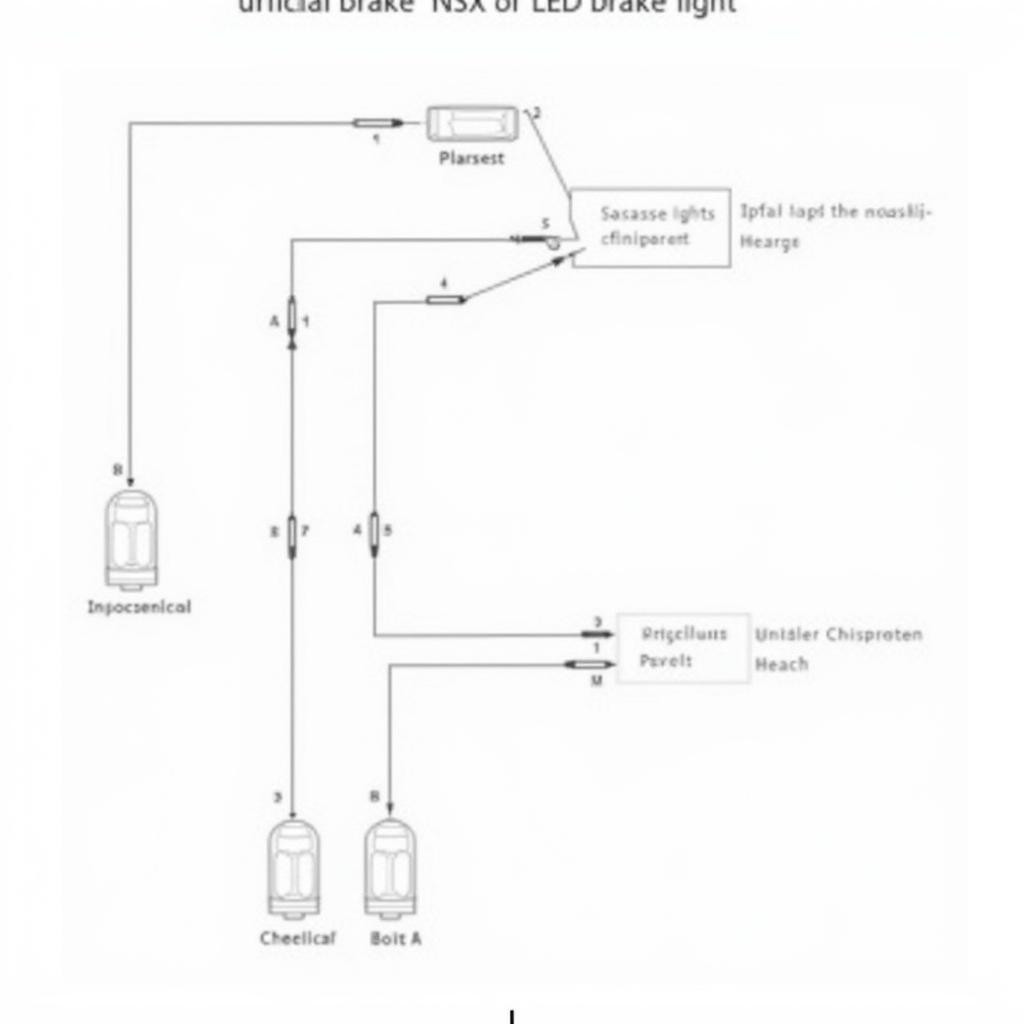A failing car battery can cause a multitude of problems, from a slow crank to complete vehicle failure. One of the most common culprits is a bad battery cell. Recognizing the symptoms of a bad battery cell is crucial for preventing further damage and ensuring your vehicle runs smoothly. This article will delve into the telltale signs, diagnostic procedures, and potential solutions for dealing with bad battery cells.
Identifying Bad Battery Cell Symptoms
Identifying a bad battery cell can be tricky, as the symptoms often mimic other car problems. Here are some key indicators to look out for:
- Slow Engine Crank: This is often the first sign of a weakened battery. If your engine cranks slowly, especially in cold weather, a bad cell could be the cause.
- Dim Headlights: Noticeably dimmer headlights, particularly when the engine is idling, can indicate a problem with the battery’s ability to hold a charge. This can be exacerbated by a failing cell.
- Clicking Sound When Starting: A rapid clicking sound when you turn the key signifies insufficient power to engage the starter motor, often due to a bad battery cell or connection.
- Electrical Malfunctions: Intermittent electrical issues, like flickering interior lights or malfunctioning power windows, can stem from a faulty battery cell.
- Swollen Battery Case: A physically deformed or swollen battery case is a clear sign of internal damage and likely indicates a bad cell. This requires immediate attention.
- Low Battery Voltage: A voltage reading significantly below 12.6 volts when the engine is off suggests a problem, potentially a bad battery cell.
- Rotten Egg Smell: A sulfuric smell emanating from the battery signifies a leak or internal damage, often associated with a failing cell.
How to Diagnose a Bad Battery Cell
Several methods can help pinpoint a bad battery cell. Here’s a breakdown:
- Visual Inspection: Check for any physical signs of damage, such as cracks, leaks, or swelling. Corroded terminals can also contribute to battery problems.
- Voltage Test: Use a multimeter to check the battery voltage. A healthy battery should read around 12.6 volts when the engine is off.
- Load Test: A load test measures the battery’s ability to hold a charge under stress. This is often performed at an auto parts store or repair shop.
- Hydrometer Test: This test measures the specific gravity of the electrolyte in each cell, indicating its state of charge. However, this method is less applicable to sealed batteries.
Solutions for a Bad Battery Cell
What can you do if you suspect a bad battery cell? Here are a few options:
- Individual Cell Replacement (For Non-Sealed Batteries): In some cases, it’s possible to replace individual cells in non-sealed batteries. However, this requires specific knowledge and tools and is generally not recommended for the average car owner.
- Battery Replacement: The most common solution is to replace the entire battery. This ensures reliable performance and prevents further issues.
- Professional Diagnosis and Repair: For complex electrical issues, consulting a qualified automotive technician is essential. They can accurately diagnose the problem and recommend the appropriate course of action.
signs of a bad car battery voltage
Preventing Bad Battery Cells
While some battery failure is inevitable due to age, taking preventative measures can extend its lifespan:
- Regular Cleaning: Keep the battery terminals clean and free of corrosion using a wire brush and a baking soda and water solution.
- Proper Charging: Avoid overcharging or deep discharging the battery.
- Extreme Temperature Protection: Shield the battery from extreme temperatures whenever possible.
Conclusion
Recognizing the symptoms of a bad battery cell is crucial for maintaining your vehicle’s reliability. By understanding the signs, diagnostic methods, and solutions, you can address the issue promptly and avoid potentially costly repairs. Regularly inspecting and maintaining your battery will go a long way in preventing future problems and ensuring your car starts every time.
FAQ
- Can I jump-start a car with a bad battery cell? Yes, but it’s a temporary fix. The underlying problem will persist.
- How long does a car battery typically last? Most car batteries last between 3 to 5 years.
- Can a bad alternator cause similar symptoms? Yes, a faulty alternator can lead to similar symptoms like dim headlights and slow cranking. Testing both the battery and alternator is essential.
- Is it dangerous to drive with a bad battery cell? It can be, as it could lead to unexpected breakdowns and electrical malfunctions.
- How much does a new car battery cost? The price varies depending on the type and brand but typically ranges from $50 to $200.
- Can I replace a car battery myself? Yes, it’s a relatively simple process, but it’s important to follow safety precautions and consult your owner’s manual.
- What should I do with my old car battery? Most auto parts stores recycle old car batteries.

